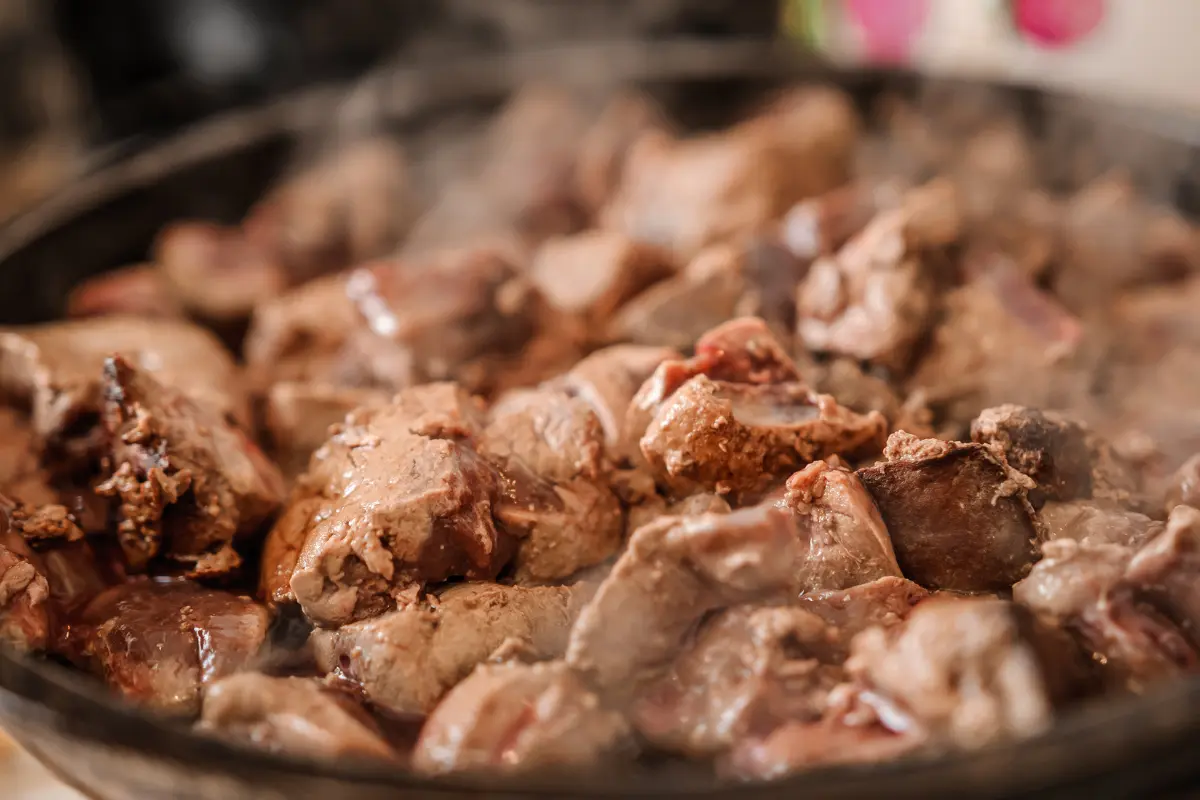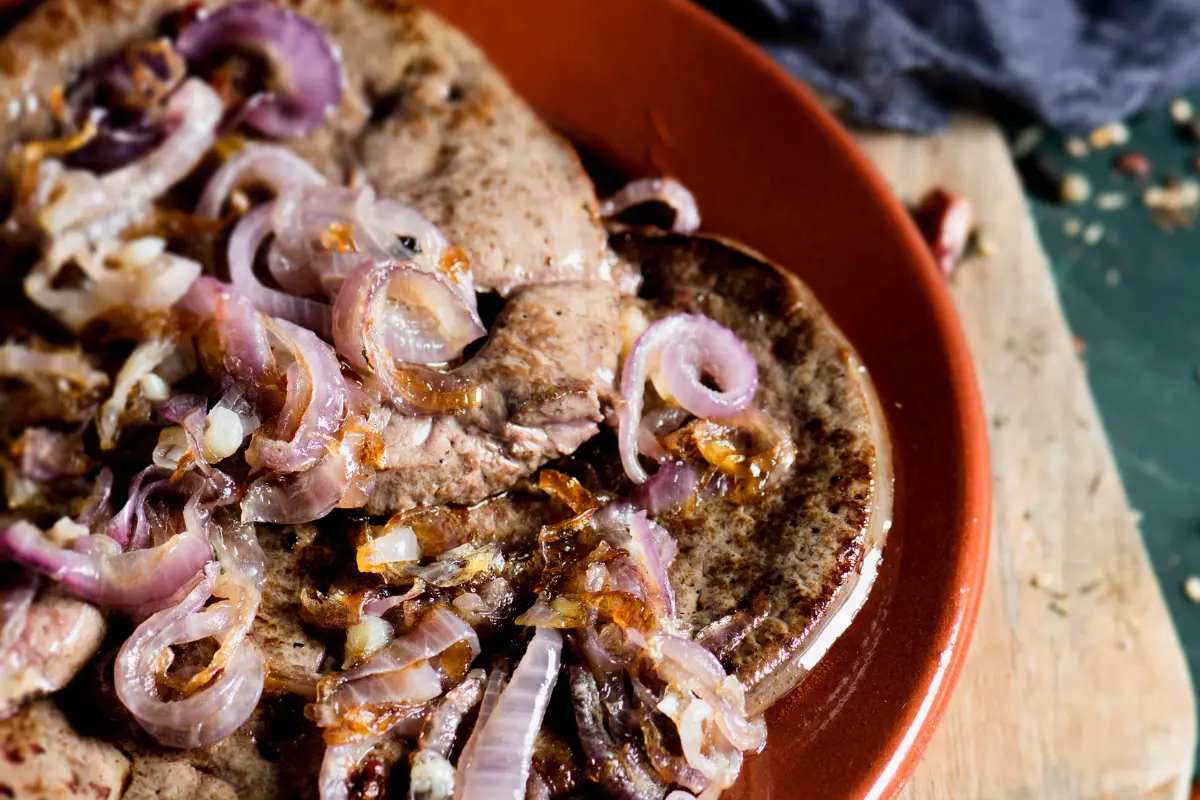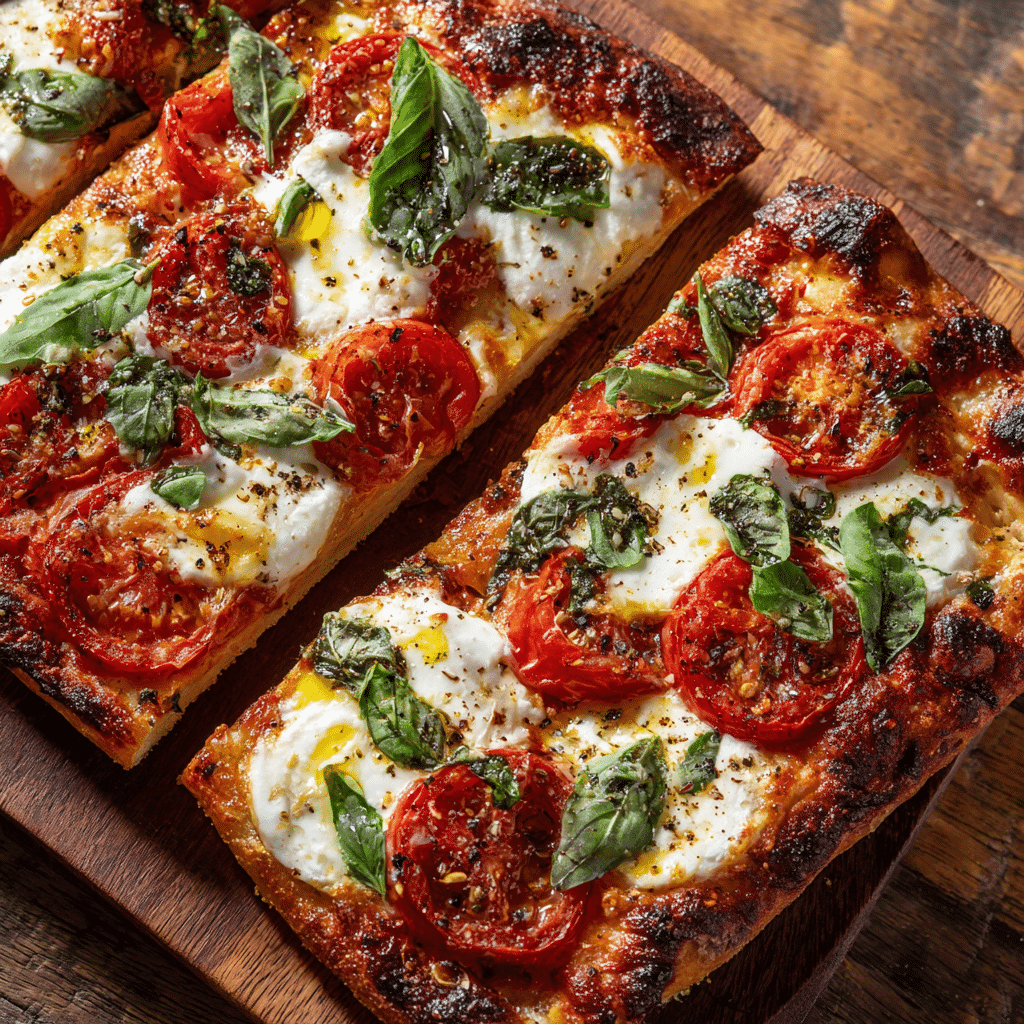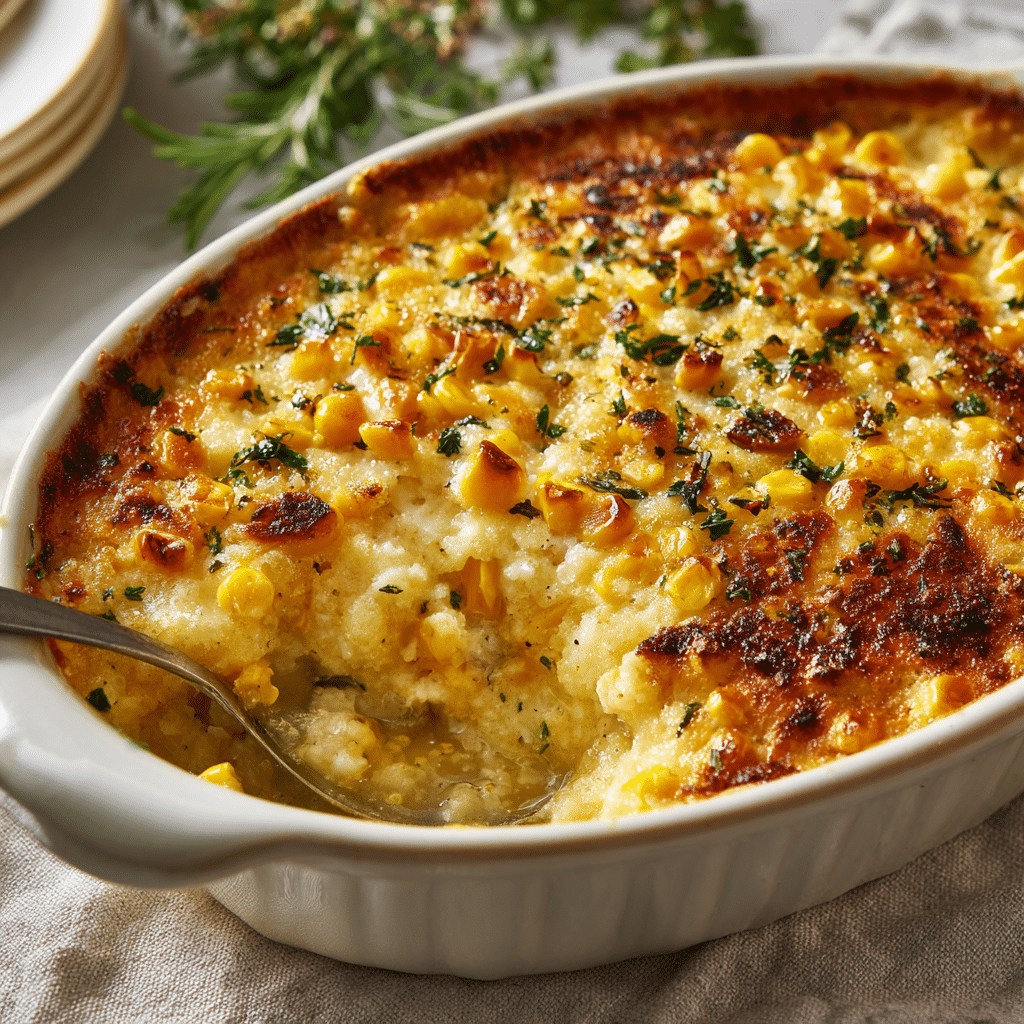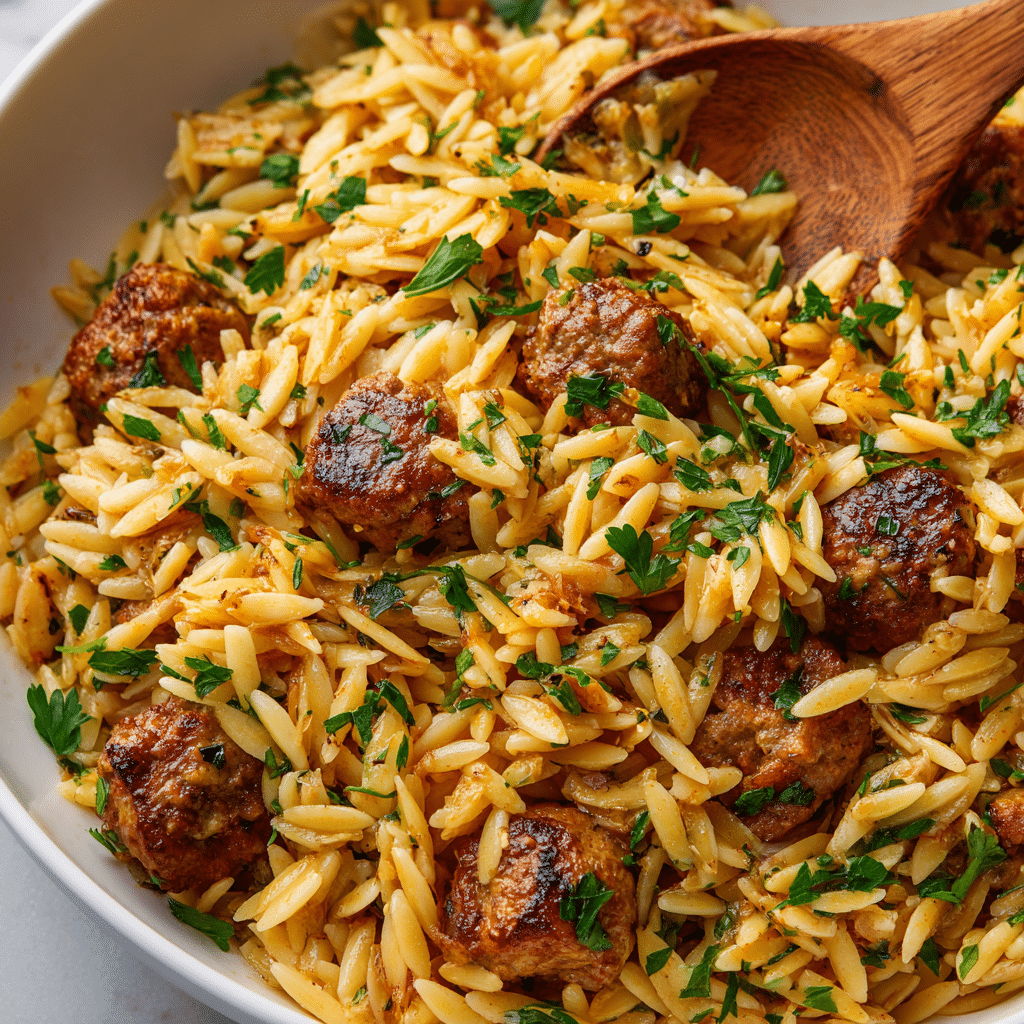Diving into the world of beef liver recipes, we embark on a flavorful journey that promises not only a feast for the palate but a bounty of health benefits. Often overshadowed by more popular cuts, beef liver stands out as a nutritional powerhouse, packed with vitamins and minerals. This article unfolds the mystery of cooking beef liver, transforming it from an intimidating ingredient to a delightful dish that could easily become the next staple in your culinary repertoire. From the initial selection of the liver to the final garnish, each step is designed to ensure a tender, palatable experience. So, let’s cut to the chase and start with the essentials.
Why Beef Liver Deserves a Spot on Your Plate
Beef liver, a gem in the world of organ meats, boasts a nutritional profile so impressive, it’s hard to ignore. With a history that dates back to traditional cuisines across the globe, its inclusion in modern meals can be both a nod to culinary heritage and a step towards a health-conscious diet.
This often overlooked cut is brimming with iron, vitamins A, B12, and an array of minerals, making it an unbeatable source of nutrients. Despite its rich nutrient content, beef liver has been the subject of much debate, largely due to its strong flavor. However, when prepared with care and paired with the right ingredients, it can be transformed into a dish that’s not only healthy but incredibly tasty.
The Culinary Journey of Beef Liver
Throughout history, beef liver has graced tables in various forms, from simple pan-fried dishes to elaborate pâtés. Its versatility and nutritional value have made it a staple in many cultures, proving that good things often come in underappreciated packages.
The key to unlocking the delicious potential of beef liver lies in understanding its characteristics and knowing how to mitigate its intense flavor. This journey into the world of beef liver recipes is not just about cooking; it’s about rediscovering a traditional ingredient and giving it the recognition it deserves in the modern kitchen.
So, whether you’re a seasoned liver lover or a curious newcomer, prepare to be amazed by the depth of flavor and health benefits that beef liver has to offer. Let’s dive into the world of beef liver recipes, where tradition meets taste and nutrition takes center stage.
Why Beef Liver is a Must-Try
Discovering the Delights of Beef Liver
Now, why should beef liver be a staple in your kitchen? Oh, let me count the ways! First off, this ingredient is a chameleon in the culinary world, capable of taking on a myriad of flavors while offering a unique taste experience. But that’s just the tip of the iceberg. The health benefits? They’re nothing short of spectacular!
A Nutritional Powerhouse
Talk about a nutritional knockout! Beef liver is so packed with essential nutrients; it’s like the superhero of the food world. We’re talking a major source of high-quality protein, heaps of vitamin A, and an impressive lineup of B vitamins. And let’s not forget the minerals—iron, copper, and zinc are all part of the package. It’s like feeding your body a multivitamin, but way tastier.
Flavors That Surprise and Delight
If you think beef liver’s flavor is too bold, think again! When prepared with a little know-how, it becomes a canvas for the most delicious culinary creations. The key? A little bit of pre-cooking TLC, like a quick soak in milk or buttermilk, to mellow its robustness, making it not just palatable but downright delightful.
Versatility on the Menu
One of the most exciting things about beef liver is its versatility. Whether you’re aiming for a cozy, comforting meal or something that screams gourmet, beef liver fits the bill. Fry it up with onions for a classic dish, or push the boundaries with spices and sauces that span the globe. The possibilities? Endless!
Easier Than You Think
And here’s the kicker: cooking beef liver is not as daunting as it seems. With a few tips and tricks up your sleeve, you’ll be whipping up dishes that could very well become your new favorites. So, why not give it a chance? Your taste buds (and your body) will thank you.
In summary, beef liver is a culinary adventure waiting to happen. It’s healthy, flavorful, and versatile, making it a must-try for anyone looking to expand their cooking repertoire. So, let’s embrace the goodness of beef liver and make it a celebrated part of our diets. Next up, we’ll dive into the nitty-gritty of preparing this underrated ingredient for the ultimate dining experience. Stay tuned!
Ingredients and Preparations
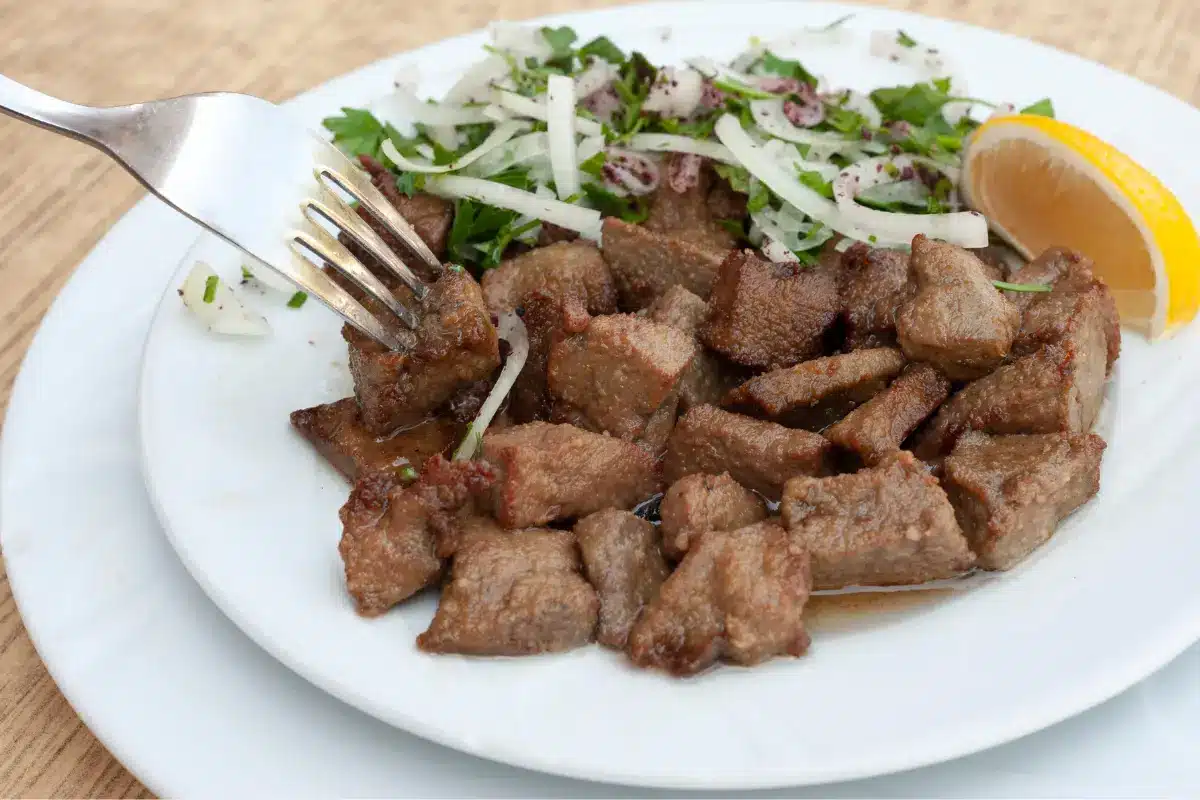
Gathering the Essentials for Your Beef Liver Dish
Before we embark on our culinary adventure, let’s talk about the cast of characters that will turn our beef liver from zero to hero. Selecting the right ingredients is the first step toward creating a dish that will wow your taste buds and nourish your body. Here’s what you’ll need:
- Grass-fed Beef Liver (1 lb)
- Buttermilk (1 cup)
- Olive Oil (2 tablespoons)
- Salt (to taste)
- Ground Black Pepper (to taste)
- Paprika (1 teaspoon)
- Garlic (2 cloves, minced)
- Onion (1 large, sliced)
- Flour (for dusting)
- Butter (2 tablespoons)
Prepping the Liver: A Step-by-Step Guide
Now, let’s get down to business. Preparing beef liver might sound like rocket science, but I promise you, it’s easier than tying your shoelaces. Let’s break it down:
- Soak It Up: Begin by soaking the liver slices in buttermilk for at least an hour (overnight is even better). This step is crucial for softening the liver’s robust flavor and making it more tender.
- Season and Dredge: Once your liver has had its buttermilk bath, pat the slices dry, and season them with salt, pepper, and paprika. Lightly dust each piece with flour, shaking off any excess. This will give our liver that irresistible crust.
- To the Pan: Heat olive oil and butter in a large skillet over medium heat. Once the butter is melted and bubbling, add the liver slices. Cook them for about 3-4 minutes on each side, until they are beautifully browned and just pink in the middle.
- Onion Magic: Remove the liver from the skillet and set aside. In the same pan, add the sliced onions and garlic, sautéing until soft and caramelized. This adds layers of flavor that make the dish truly special.
- Combine and Serve: Return the liver to the pan with the onions, warming everything together for a minute or two. Serve hot, garnished with fresh parsley if desired, and watch as your dish becomes the talk of the table.
Cooking beef liver is about embracing simplicity while paying attention to the little details that elevate the dish. With these steps and the right ingredients, you’re well on your way to creating a beef liver masterpiece that might just change the way you think about this humble organ meat. Next, we’ll explore the secrets to cooking beef liver to perfection. Stay tuned!
Cooking the Beef Liver
Mastering the Art of Beef Liver Preparation
Now that our stage is set with the prepped and primed beef liver, let’s dive into the art of cooking it to perfection. Cooking beef liver is less about following a strict recipe and more about embracing the process, adjusting as you go to ensure the end result is as delicious as it is nutritious.
Pan-Frying to Perfection
Pan-frying is the quintessential method for cooking beef liver, striking the perfect balance between ease and flavor.
- Heat It Up: In a large skillet, melt butter over medium heat, swirling it with olive oil to prevent burning. This combination provides a rich flavor and helps achieve that golden crust we’re after.
- Sizzle and Seize: Lay the liver slices in the pan, but don’t crowd them. They should sizzle on contact—if they don’t, your pan isn’t hot enough. Cook for 3-4 minutes on each side. Aim for a medium finish; overcooking will lead to a tough texture.
- Rest and Relish: Once cooked, let the liver rest for a few minutes. This isn’t just about patience—it’s about perfection. Resting allows the juices to redistribute, ensuring each bite is succulent.
Exploring Variations
While pan-frying is king, don’t shy away from experimenting with other methods and flavors to find what tickles your fancy.
- Broil or Grill: For a smokier flavor, try broiling or grilling the liver. Just remember to keep a close eye on it, as these methods can quickly lead to overcooking.
- Bacon Infusion: Introduce bacon strips to the pan before cooking the liver. The rendered fat adds a depth of flavor that complements the liver’s richness.
- Herbal Notes: Fresh herbs like thyme or rosemary can transform the dish, infusing it with fragrant notes that lighten the liver’s inherent intensity.
Recipe Tips and Variations
To keep your beef liver adventure exciting, consider these tips and twists:
- Gluten-Free? No Problem: Swap out traditional flour for a gluten-free alternative to bread the liver. This small adjustment can make the dish accessible to everyone without sacrificing texture.
- Change the Flavor Profile: Introduce Worcestershire sauce, mustard, or balsamic vinegar during the cooking process. These bold flavors can stand up to the liver’s richness, creating a more complex dish.
- Different Cooking Methods: Don’t be afraid to depart from pan-frying. Slow-cooking in a stew or blending into a pâté are fantastic ways to enjoy beef liver’s benefits in various textures and flavors.
Cooking beef liver is an art that rewards creativity and courage in the kitchen. With these techniques and tips, you’re equipped to explore the many faces of this nutrient-dense food, turning a once intimidating ingredient into a versatile culinary star. Next, we’ll tackle how to store and reheat leftovers, ensuring your recipe dishes are just as good the second time around. Stay tuned!
Storage and Reheating
Safeguarding Your Culinary Creations
After savoring the rich flavors of beef liver, the question of storage and reheating inevitably arises. Properly storing and reheating your dish not only ensures safety but also preserves the texture and taste that you worked so hard to achieve.
Storing for Freshness
- Cool Down: Allow the cooked recipe to cool to room temperature before storing. However, don’t leave it out for more than two hours to prevent bacterial growth.
- Airtight Containers: Transfer the liver into airtight containers. This keeps out moisture and other contaminants, ensuring your liver stays as fresh as possible.
- Refrigerator Rules: Stored in the refrigerator, cooked beef liver can last for up to 3 days. Make sure your fridge is at the right temperature, around 37°F (3°C), to keep the liver in prime condition.
Freezing for Future Feasts
- Wrap Well: If you plan to freeze the liver, wrap individual portions tightly in plastic wrap and then place them in a heavy-duty freezer bag. This method helps prevent freezer burn and retains the liver’s quality.
- Label and Date: Don’t forget to label your packages with the date of freezing. recipe can be frozen for up to 3 months for the best quality, although it remains safe beyond that period.
Reheating with Care
- Gentle Thawing: If frozen, thaw your recipe in the refrigerator overnight. Avoid using a microwave for thawing, as it can partially cook the liver, affecting its texture.
- Retaining Moisture: When reheating, opt for the oven or stovetop. Add a splash of broth or water to the dish to keep the liver moist. Covering the liver while it reheats can also help retain moisture.
- Avoid Overheating: Reheat only until the liver is warmed through. Overheating can make it tough and chewy. A gentle heat ensures that the liver maintains its tender texture.
The key to successfully storing and reheating beef liver lies in gentle handling and avoiding extremes in temperature. By following these simple guidelines, you can enjoy your beef liver dishes with the same gusto as when they were first prepared. With the practical aspects of storage and reheating covered, we’ll move on to address some of the most common questions about cooking and enjoying beef liver. Stay tuned for insightful FAQs in the next part of our journey.
FAQs
Demystifying Beef Liver Preparation and Enjoyment
In our journey with beef liver, several questions often bubble up to the surface. Whether you’re a first-timer or looking to refine your technique, these FAQs are here to light the way, ensuring your recipe experience is both enjoyable and successful.
Can I Skip Soaking the Beef Liver in Milk or Buttermilk?
Soaking beef liver in milk or buttermilk is a game-changer, helping to neutralize the liver’s strong flavor and tenderize the meat. While it’s possible to cook liver without this step, soaking it even for a short period can significantly enhance the dish’s overall taste and texture. So, for a milder, more palatable liver, don’t skip this crucial step!
How Do I Know When Beef Liver Is Cooked Perfectly?
The perfect beef liver strikes a balance between tenderness and doneness. Aim for a medium-rare to medium finish, where the liver is just pink in the center. Overcooking can result in a tough and grainy texture, while undercooking may leave it unappetizingly raw. Using a meat thermometer can take the guesswork out of this process; look for an internal temperature of 145°F (63°C) for the ideal doneness.
What Are the Best Pairings with Beef Liver?
Beef liver pairs wonderfully with a variety of sides and flavors. Classic caramelized onions offer a sweet balance to the liver’s richness, while sautéed mushrooms, mashed potatoes, or steamed green beans provide complementary textures and tastes. For a more robust meal, consider adding bacon strips or a splash of balsamic vinegar to enhance the dish’s depth of flavor.
Is Beef Liver Really That Healthy?
Yes, beef liver is a nutritional powerhouse! It’s an excellent source of high-quality protein, iron, and essential vitamins like vitamin A and several B vitamins. These nutrients support vision, skin health, the immune system, and red blood cell formation. Incorporating recipe into your diet can provide these vital nutrients in a rich, flavorful package.
How Can I Make Beef Liver Taste Less Intense?
If you’re concerned about the liver’s strong flavor, there are several strategies to mellow it out:
- Soak the liver in milk or buttermilk, as mentioned, to soften the flavor.
- Season generously with herbs, spices, and aromatics like garlic and onions to complement its taste.
- Pair with bold ingredients such as bacon, capers, or acidic components like lemon juice or vinegar to balance the liver’s richness.
Embracing beef liver in your cooking repertoire opens up a world of culinary possibilities. Armed with these FAQs and the tips and techniques shared throughout this series, you’re well-equipped to explore the delightful complexity of beef liver dishes. Next, we’ll wrap up with more delicious beef recipes to inspire your next kitchen adventure. Stay tuned!
